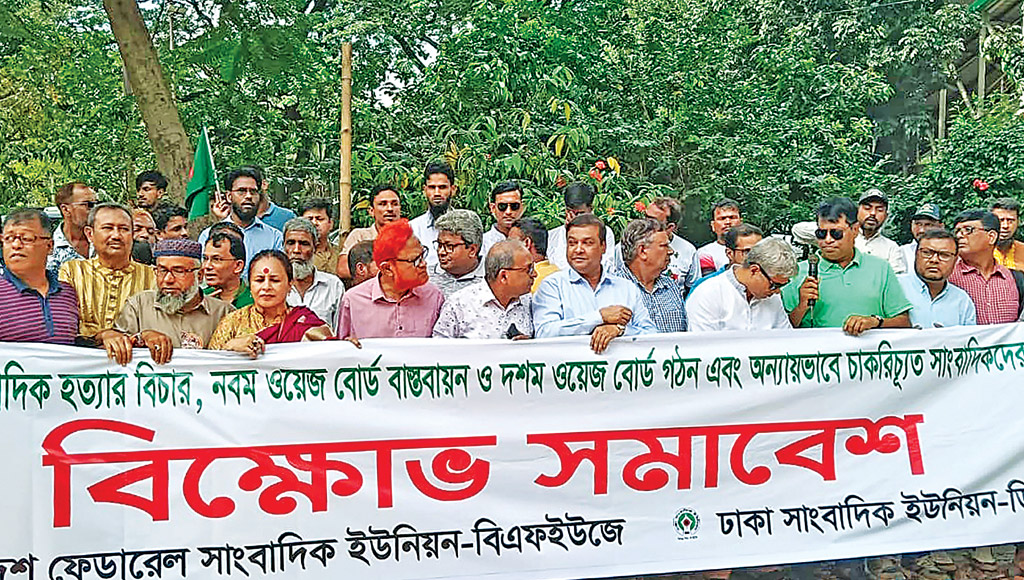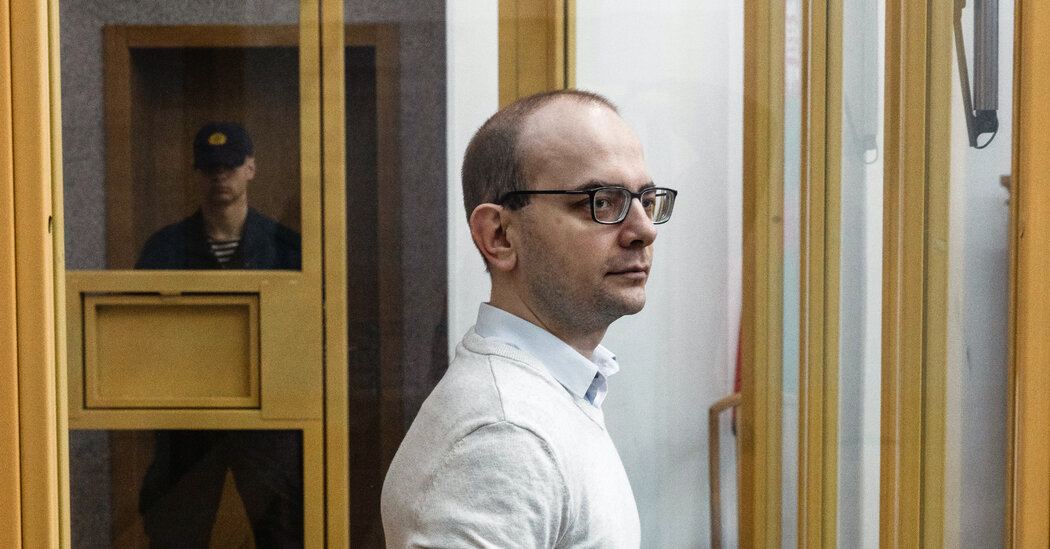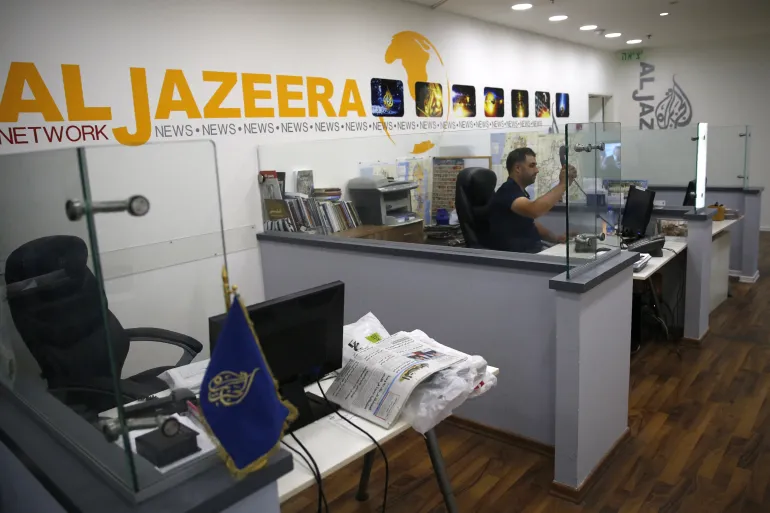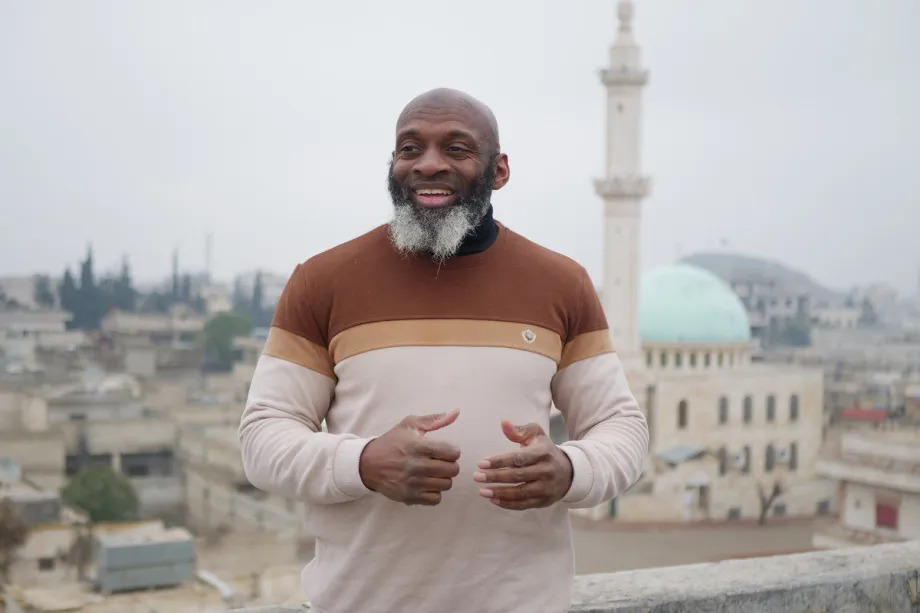
Journalists in Bangladesh Rally Around Demands for Fair Work and Freedoms
November 1, 2025
Left Behind by Democracy: The Fate of a Reporter’s Husband in Belarus
November 1, 2025November 01, 2025 – Palestine/USA –
An American journalist who participated in the aid mission organized by the Freedom Flotilla Coalition (FFC) has revealed harrowing accounts of torture while held in an Israeli detention facility. Noa Avishag Schnall, a Jewish-American reporter aboard a Gaza-bound vessel intercepted by Israeli forces, said she witnessed and personally endured physical and psychological abuse alongside Palestinian detainees. Her testimony is captured in a video shared on social media, where she described the ordeal in stark detail.
According to her account, Schnall and fellow detainees were subjected to intimidation, threats, and degrading treatment. The prison environment was characterized by severe overcrowding and a lack of necessities. Her remarks underscore the vulnerability of journalists operating under siege conditions in conflict zones. The journalist emphasized that while she is now speaking out, her experience is just one part of a broader pattern of detention abuses targeting not just activists but also media workers who attempt to document humanitarian crises.
This revelation adds to growing reports of severe treatment of participants in the FFC’s mission, which sought to challenge Israel’s blockade of Gaza. Separate testimonies from other detainees describe forced movement, intense heat exposure, and prolonged isolation in cells with minimal ventilation and no access to fresh water. Amnesty groups observe that when accredited journalists are detained under such conditions, the impact reaches beyond the individual—their silenced voice becomes a casualty and an obstacle to transparency.
Press-freedom advocates warn that this case underscores a broader issue: when media professionals are detained or mistreated, the public loses its access to independent reporting from conflict zones and opaque prisons. The targeting of journalists facilitates an environment of impunity where abuses can occur unreported. As Schnall’s case emerges in public view, it reflects the urgent need for prioritized protection for journalists and for transparent investigations into their treatment while in custody.
Reference –




